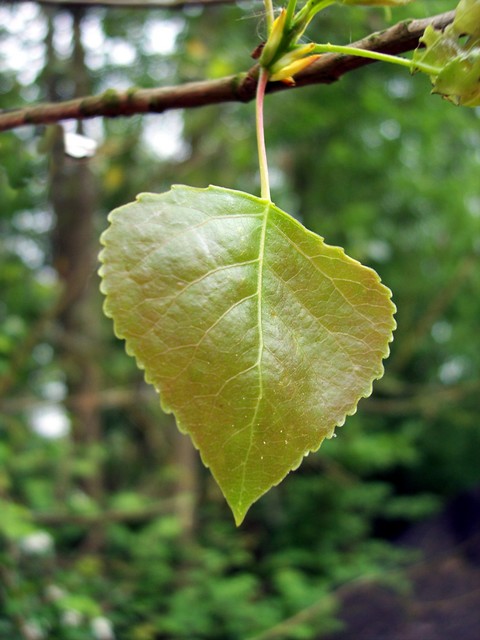Home / Private Collections / Starz / Science / Plants / UK Wild Flowers / Wild Plants - May / Black Poplar (Populus nigra)
 Black Poplar (Populus nigra)
Black Poplar (Populus nigra)
Show/Hide_Details
Added:
2nd Jun 2006 by Diane Earl
Subjects:
Biology, Science
Key Stages:
Key Stage 1, Key Stage 2, Key Stage 3, Key Stage 4, Key Stage 4+
Keywords:
plant tree wildlife
Related Links:
- Image: Field Scabious (Knautia arvenis)
- Image: White Willow/Crack Willow Hybrid (Salix Albax Salix Fragilis)


 [ 1 ]
[ 1 ]  [
[

